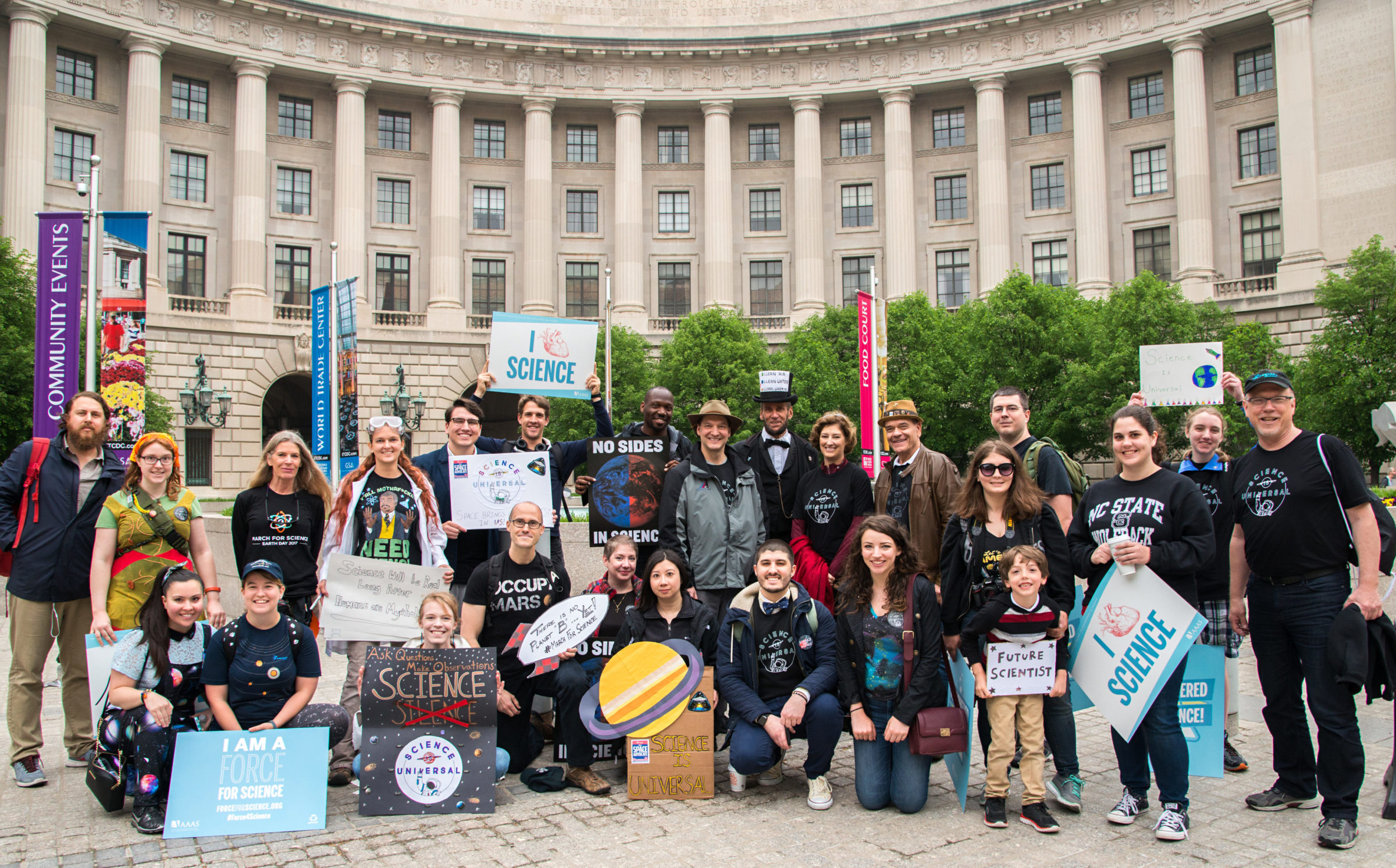Planetary Radio • Apr 26, 2017
Bill Nye Saves the World…With Space
It was a big week for the Science Guy, and for science. Bill Nye served as honorary co-chair of the March for Science in Washington DC. His new Netflix series, Bill Nye Saves the World, premiered the next day, Friday, April 21st. Two of the show’s thirteen episodes are devoted to space science and exploration. Bill talks about all this in a special conversation with Mat Kaplan. Planetary Society Senior Editor Jason Davis marks the beginning of the end for the Cassini mission at Saturn. While Bruce Betts and Mat are fresh out of rubber asteroids, there’s no shortage of Random Space Facts and cosmic comedy in What’s Up.





Related Links:
- “Bill Nye Saves the World” (Netflix Series)
- The March for Science
- Bill Nye
- The Eclipse Megamovie Project
- Constellations Game Kickstarter Campaign Page
This week's prizes are a Planetary Radio t-shirt, now available in both men’s and women’s styles, and a 200-point iTelescope.net astronomy account.
This week's question:
What letter is used to classify the most powerful class of solar flares, as observed from near Earth in X-rays? (Using the most popular system now in use.)
To submit your answer:
Complete the contest entry form at http://planetary.org/radiocontest or write to us at [email protected] no later than Wednesday, May 3rd at 8am Pacific Time. Be sure to include your name and mailing address.
Last week's question:
Within 100 or so, how many CONFIRMED exoplanets have been discovered?
Answer:
The answer will be revealed next week.
Question from the week before:
How many moons in our solar system are larger than Pluto?
Answer:
Seven moons in our solar system are larger than Pluto…so far.


 Explore Worlds
Explore Worlds Find Life
Find Life Defend Earth
Defend Earth




